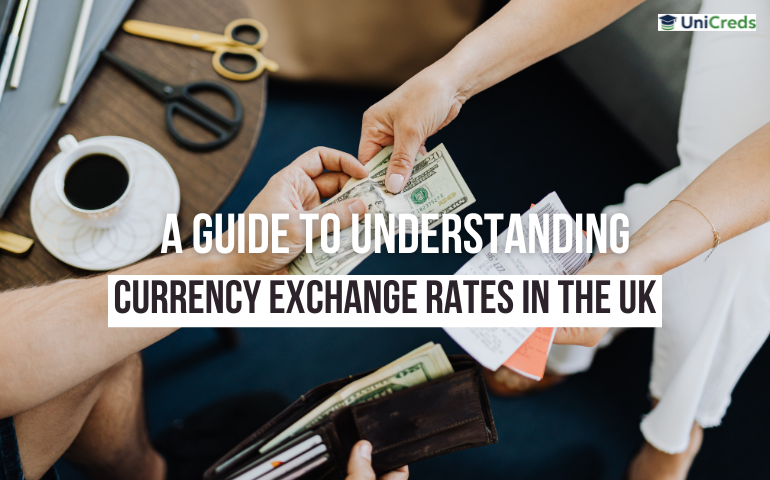Table of Contents
For your investments, one of the best things you can do is start saving. Investing is one of the most likely ways in which you can accumulate enough capital over time to meet your financial ambitions and even achieve financial freedom. Although investing may feel like a challenging assignment, the good news is that getting started is simpler than ever. How much money to start investing? Here’s what you need to learn investing for millennials.
STEP 1: Decide how much you can invest
Find out how much each month you will spend. Consistency is the secret to long-term sustainability in how to start investing. You should start saving, even though it is a small sum. Look at your costs and revenue. To build any space for investment, review which products can be decreased. And if just a few dollars a week can be spent, it can help you get started.
Investing Basics For Millennials
Paying off debts vs. making investments: Whether to pay off debt or save is one of the major problems facing millennials. Ultimately, it focuses on your preference, so getting debt doesn’t mean that you can’t spend. For example, if you have student loans, you might pay off such student loans with 70 percent of your available income and the other 30 percent for investment. If you have high-interest loans such as credit cards, though, it might make sense to put 90% towards debt reduction and 10% towards investment.
STEP 2: Check your goals
How to start off investing? Decide on your priorities. What would you want your money to do on your behalf? As well as your timetable, what you are going to use your money for will decide how you spend your money.
Short-term goals: Try how to start investing your money in high-yield savings funds or, based on the position and risk level, bond portfolios if you intend to plan for a down payment on a home, a holiday, or a related target in the next one to three years. Also, for short-term targets, a combination of stocks and bonds may operate in certain cases.
We’ll fund your overseas education to make it hassle-free! Fill the form on this page!
Long-term targets: You can opt to spend more aggressively in mutual securities, real estate investment trusts (REITs), and other higher-yielding investments for longer-term objectives, such as planning for a child’s college education or your retirement.
STEP 3: Consider your risk taking capacity
Be sure you grasp risk perception when you learn to begin how to start investing. You need to be mindful of how much risk you are able to take on. If you’re comparatively young, for instance, you have more time to survive and rebound from market downturns, economic difficulties, and errors in how to start investing.
You should also consider your tolerance for emotional risk. And if you can survive the ups and downs of the economy financially, you must be able to handle them mentally, too. If you are grappling with the thought of using an ETF stock index to achieve your short-term targets, then aim for one that fits your needs better.
STEP 4: Get assistance
When you learn a new talent, there’s nothing wrong with asking for advice. When you make your preparations, a range of online investment brokers will give you expert advice. In addition, when you build a portfolio, it’s possible to get advice from human advisors.
Some additional tips
Start Early: It’s all about compounding returns, so the quicker you arrive, the better off you’ll be. Often investment analysts speak of “time in the market instead of timing the market.” At any time, you can start saving. If you haven’t already begun, start now.
Start with Less: It’s real that it’s not possible that saving a few dollars per week would completely finance your savings or other financial priorities. Starting tiny, though, gets you in the habit of saving your money and increasing it. You will expand how much you spend as your finances grow, increasing your investments to achieve your targets.
Consider Alternate Options As Well: It makes more sense for many newcomers to concentrate on platforms that provide “instant diversity.” Index portfolios offer exposure to hundreds or even thousands of shares at once. You will get access to a wider segment of the market rather than having to pick specific stocks. You will modify your portfolio make-up if you decide later that you want to spend accordingly.
Know the Basics: Lastly, make sure that you understand the fundamentals. Learn how saving works, how different investments work, and when they may be suitable. But with index investments, you can start tiny, use the time to learn when (or if) it’s time to pursue other investing strategies.
No one, in the end, understands the condition as well as you do. Evaluate your own condition closely before how to start investing and consider seeking assistance from an investing expert.
Why are millennials expected to invest?
How much do you need to start investing? You may consider investing as risky if you have experienced the recession, but actually, not investing is actually more risky. Not saving money and spending is the worst thing you might do in your mid-twenties to mid-thirties. If you invest money early on, it will allow your money to develop for a long time. It’s unusual that the stock price remains down for a long period of time, considering the ups and downs of the market.
In the long run, equity investments offer better returns on money and bonds. Money in savings accounts is stagnant and subject to increasing inflation, while investments in the stock market will deteriorate over the years. More precisely, from 1926-2018, high capitalization inventories returned 10% annually compounded. Long-term government bonds returned just 5.5 percent annually during the same time span, and T-bills returned 3.3 percent annually. Investing in a diversified portfolio of common stocks is the surest way to create wealth over long term horizons. Over time, the other benefit of saving capital is that it produces a snowball impact. Millennials need to begin to compound early and let their patient magic work over decades with the compounding. Compounding guarantees that you never receive interest on that interest as you earn interest on your savings. This enables you, even without additional capital investment, to create a larger and larger balance over time.
For example, if you spent $6,000 a year when you were 25, and earned $100 in interest that year, you would earn $6,100 interest at 26, then $6,300 interest, then $6,600 interest, and so on. You will have a much better return over the years than if you only deposited the money in a savings account or hid it under the mattress.
Investment words for beginners that you need to know
Check out the complete glossary of investment terms, but here are a few must-know-now terms:
- Bonds: Bonds are loans, including businesses, cities and national governments, to large organisations. The payment of interest (called the coupon) is what bondholders receive to the lender for loaning their funds.
- Brokerage account: An agreement between an investor and a licenced brokerage firm where, through the brokerage, the investor can deposit funds with the business and place investment orders.
- ETFs (exchange-traded funds): An ETF is a portfolio of securities that you buy or sell on a stock exchange through a brokerage company. Virtually all asset groups, ranging from conventional investments to unconventional assets such as commodities or currencies, offer ETFs.
- Mutual funds: A mutual fund is a professionally managed investment fund which pools money to buy securities from many investors.
- Stocks: Stocks are securities which reflect a company’s share of ownership.
Financial news and education
Keep up-to-date on financial news/general stock market news that can be found in every major source of news. Brokerages like Fidelity have a lot of free investment resources and educational tools for beginners to help you get started on the right path. To decide what would work best for you, do research on your own. In order to bring about a positive shift, many millennials are involved in socially responsible investment (SRI), which can combine how to start investing with socially responsible causes. Studies have found that millennials tend to invest where they can make an impact with their capital. In SRI, 95 percent of millennial investors are involved, while 67 percent have embraced the practise already.
Thanks for reading this Guide to Start Investing for Millennials. If you are interested in reading more about student finances, the following should be of interest to you.
Everything You Need To Know About IELTS Indicator Test










we need more of this great content , keep it up !